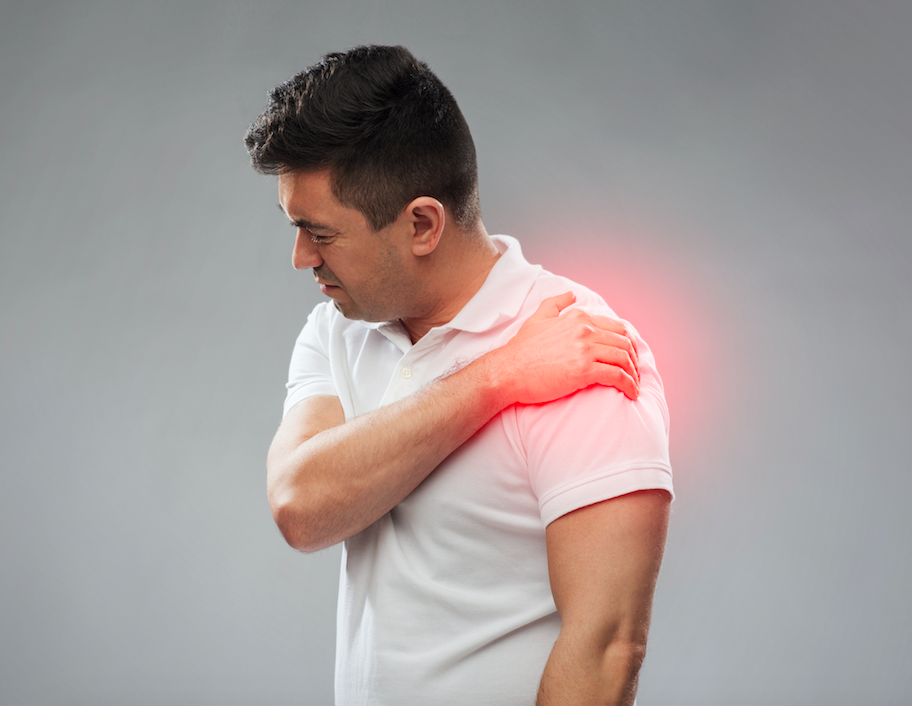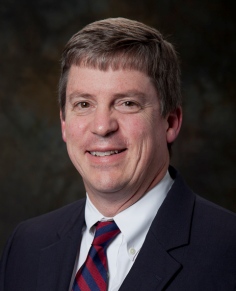This blog posts consists of questions and answers. The questions are from our orthopedic shoulder surgery patients, while the answers are from our Board Certified orthopedic shoulder surgeon, Dr. Hadley Callaway.
Note: these are typical presentations. Every patient is different. This is not medical advice. Please see your doctor to get the correct diagnosis and treatment. — Hadley Callaway, MD, Raleigh Orthopaedic.

My AAU baseball team is going to the playoffs. When I pitch my shoulder gets sore after about 5 innings. I have been icing it after games.
Growth plate injury of the upper arm – When a growing pre-teen throws frequently, the muscles are often stronger than the growth plate. This can cause a partial growth plate separation, sometimes called “little leaguer’s shoulder.” It may be evident as widening of the growth plate on the xray, or it certainly will show up on an MRI test. The key point is this: shoulder pain in skeletally immature athletes often comes from the growth plate, not the rotator cuff or labrum. The treatment is rest and limited pitch counts. This is in contrast to older pitchers, who benefit from physical therapy.
I am pitching for the State baseball team, but my shoulder is getting progressively more sore.
Labral tear and rotator cuff tendonitis – The shoulder joint consists of a large ball on the humerus (upper arm) and a small socket on the scapula (shoulder blade). The ball has to be kept centered on the socket by the labrum (a rubbery ring around the socket), the ligaments (straps between the ball and socket) and rotator cuff (the muscles from the shoulder blade).
When a pitcher throws, the ball can slip slightly out of the socket. The shoulder senses this slipping as a deep pain after throwing. This slipping can injure the labrum, the ligaments, and the rotator cuff. Thus the slipping gets worse over time and with more throwing.
The treatments include analysis of pitching mechanics to emphasize the “core” abdominal muscles, strengthening the shoulder muscles including the rotator cuff, and possibly surgery as a last resort. The surgery would involve re-stabilizing the shoulder by repairing the labrum and ligaments.
I went in for a layup and got blocked. My arm got overextended above my head. The shoulder popped out of socket and the pain was terrible. At the emergency room they pulled it back into place, and the pain stopped.
Shoulder dislocation – The shoulder has a big ball and a small socket, like a golf ball sitting on a golf tee. This gives it a huge range of motion, more than any other joint. However it also makes the shoulder intrinsically unstable.
When the shoulder dislocates, usually the labrum and ligaments are torn. The labrum is a rubber rim around the socket, and the ligaments are small rope-like structures between the ball and socket. These tears make the shoulder likely to re-dislocate, especially in young athletes. The surgery to restore stability is called a “Bankart repair and capsular shift.” This is an arthroscopic procedure that repairs the torn labrum and ligaments.
When I turned 40, I started weightlifting again. Now my shoulder hurts when put my arm in a coat, reach behind my back, and when I sleep. I can’t throw with any power.
Rotator cuff impingement – The shoulder has two layers of muscles. The outer layer is the deltoid, which is strong and rarely gets injured. The inner layer is the rotator cuff. This is actually a group of 4 muscles which go between the scapula and upper arm bone. They converge into a single big tendon, which attaches at the top of the ball. It is like a bunch of rubber bands that hold the shoulder ball into the socket and control rotations.
When the shoulder moves, these rubber bands move with the ball. They pass through a narrow place and can catch on the under surface of the acromion bone. This space gets narrower over the years, primarily when spurs form.
My mountain bike hit a root, and I flipped head first onto the ground. Now the end of my collar bone is very sore, at the top of my shoulder. The bump on top of my shoulder is bigger than it used to be.
AC separation – The collar bone is joined to the shoulder blade at the top of the shoulder, where people often have a small bump. This is called the AC (acromioclavicular) joint. If an athlete hits the shoulder against the ground this joint can be disrupted. One common instance is when a hockey player hits his shoulder against the boards.
The collar bone moves upward and the shoulder blade drops down. This is called a shoulder separation. If it is not severe, then it can heal on its own. If the bones are widely separated, I recommend surgery to reconstruct the ligaments and re-align the bones, get rid of the bump, and restore normal joint function.
My shoulder has gotten progressively stiff and painful, for no reason. I’m not an athlete and didn’t injury myself. The pain keeps me awake at night and throbs like a toothache all day.
Frozen shoulder – This condition, also called adhesive capsulitis, causes the joint lining to become inflamed and shrink. We are not sure whether it is a virus, an autoimmune disease, or caused by minor trauma. It is more common in middle-aged women and people with diabetes. It is very painful and can linger for a year or more if untreated. Treatments include cortisone injection, home stretches, and sometimes a shoulder manipulation. Eventually it goes away and the shoulder returns to normal.
My shoulder is sore when I reach over head, put my arm in a coat, or lift. I am uncomfortable at night, and the shoulder keeps waking me up. I can’t throw as far anymore.
Rotator cuff tendonitis or tear – The shoulder has two layers of muscles. The deltoid is the outer layer and the main lifter. The inner layer of muscles is the rotator cuff. These four muscles come off the scapula and attach to the humerus. The tendons of the rotator cuff are like a bunch of “wet rubber bands” that connect the shoulder ball to the socket. These tendons go through a narrow slot at the top of the shoulder. This slot gets narrow as spurs develop, and one day the tendons (the “rubber bands”) start to catch on the spurs. When they catch, they swell, which makes them catch again. Thus it becomes a sore shoulder that won’t get better.
The treatments intend to reduce the tendon swelling or open up the gap. Anti-inflammatory medications and cortisone injection can reduce the swelling. Physical therapy and arthroscopic surgery (to remove the spurs) can open up the gap.
It may be necessary to get an MRI to find out whether the rotator cuff tendon is torn. If it is, then surgery is needed to remove the spurs, open up the gap, and repair the tendon. This will restore strength and get rid of the pain.
About the Author

As a Board Certified Orthopedic Shoulder Surgeon, Dr. Hadley Callaway specializes in shoulder surgery, in addition to knee & arthroscopic surgery. Trained at Harvard and HSS, the #1 hospital in America for orthopedics as ranked by USNews. Head team physician for the USA Mens National Hockey Team (2005 and 2011 World Championships) and NHL Carolina Hurricanes (1998-2002). Assistant team physician for the NFL New York Giants (1993-94). President, North Carolina Medical Society 2008-09. Chairman, Departments of Orthopaedic Surgery at Rex Healthcare and WakeMed Raleigh, 2004-06. Medical director of Raleigh Orthopaedic Surgery Center. Clinical Assistant Professor of Orthopaedic Surgery at UNC Medical School. Read more about Dr. Callaway.